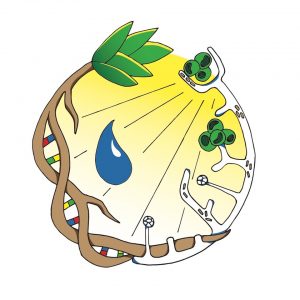Dimensions of Biodiversity
Phylogenetic and Functional Diversity of Tripartite Plant- Fungal-Bacterial Symbioses
Symbioses between fungi, bacteria and plants are integral to plant and ecosystem productivity and health. Such inter-Kingdom interdependencies were likely a prerequisite for the terrestrialization of Earth, and are key components of modern plant holobionts – plant hosts and their associated symbionts. To better understand the phylogenetic and functional diversity of early diverging tripartite bacteria-fungi-plant symbioses, this project will assess the global diversity of fungi belonging to the Mucoromycota, and their associated bacteria.
Our research is motivated by following questions pertaining to tripartite fungal-plant-bacterial symbiosis:
1. What is the extent of phylodiversity of Mucoromycota and their endobacteria?
2. Have plant-fungal or fungal-bacterial mutualisms shifted net diversification rates of symbiotic partners?
3. How do fungi and their endobacteria impact the function of plant-fungal mutualisms under different environmental contexts (e.g. drought, thermal-stress, nutrient-stress)?
4. How can genomic data and novel computational biology approaches improve inferences of horizontal gene transfer (HGT) and co-phylogeny?

